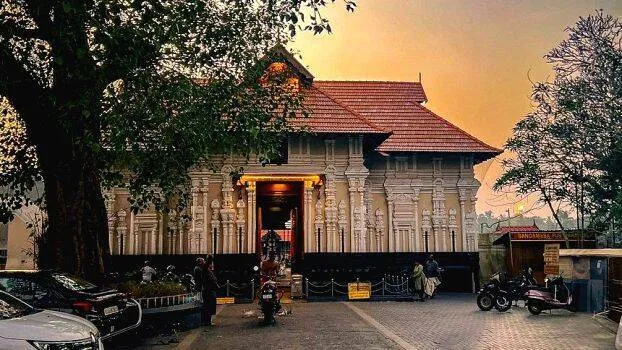

KOCHI: The holy theertham (holy water) offered to devotees at the Koodalmanikyam Temple in Irinjalakuda is sourced from the same pond where Tantris (head priests) and other temple priests bathe. Devotees drink and sprinkle this water on their heads as part of temple rituals. However, temple priests, Kazhakam staff, and Devaswom employees refrain from consuming it. The same water is also used for the abhishekam (ritual bathing) of the deity Bharata.
Before entering the Sreekovil (sanctum sanctorum), Tantris and priests immerse themselves in the pond. Security personnel open the gates exclusively for them, ensuring restricted access. Unlike most temples that have a separate well within the Nalambalam (inner temple courtyard) for sanctum-related purposes, the Koodalmanikyam Temple lacks such a provision.
Caste restrictions and temple regulations
The temple management upholds strict caste-based regulations in maintaining the pond. The other day, Kerala Kaumudi had reported that even cutting grass near the pond is a right reserved for Pisharodis, a caste traditionally associated with temple duties. Only Brahmins and Ambalavasis (a caste of temple functionaries) are permitted to bathe in the pond. The responsibility of drawing and delivering water for rituals is assigned to the Warrier community.
Dispute over theertham source
A controversy arose a few years ago when one of the six senior Tantris objected to using the pond water both for sanctum rituals and as theertham for devotees. He suggested constructing a separate well within the temple premises for these purposes. However, the other five Tantris did not support his proposal. Following the disagreement, the opposing Tantri ceased visiting the temple, and his family members now represent him at temple functions.